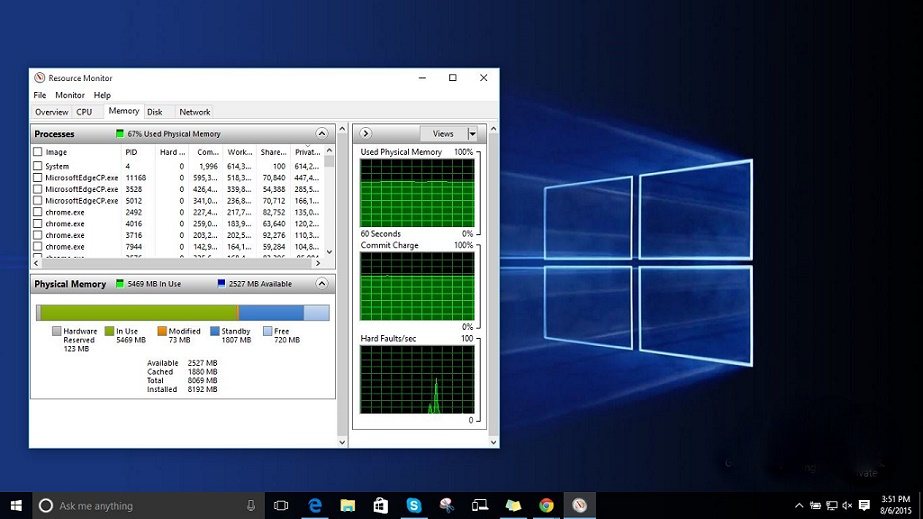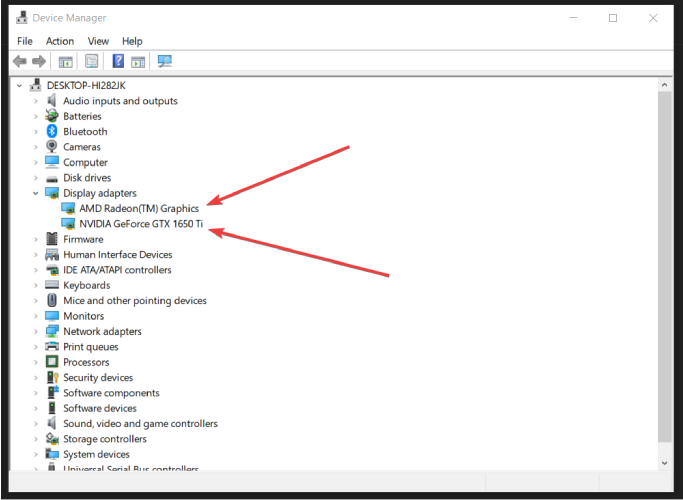

ProcessTamer is a utility that runs in your system tray and watches the CPU usage of the running processes on the system. If you don’t want to keep changing program priorities every time you run a program that requires a lot of CPU time, then here are 2 applications around to help you out.ġ. This will then let all Windows and other processes on Normal have access to the CPU before first making the system less sluggish.Ī number of software applications that are likely to use large chunks of processing power will often have an option in their settings to lower the process priority while they are working, which is something worth checking out. Then simply right click on the process -> Set Priority and drop it down to BelowNormal or Low.

You can view the current priority for all processes by going to View -> Select Columns… and ticking Base Priority. There is a simple way to lower the priority of a running program which is through the Windows Task Manager. With effective use of priority levels these situations when your computer becomes slow or unresponsive for periods of time while a program is running can be greatly reduced. It also happens to some extent with 2 processes on the same priority level because they are constantly fighting each other for access to the CPU and so a lag or slowdown still occurs. This has the effect of making anything with a lower priority than the program taking all the CPU cycles run more slowly because it is having to wait to be given access to the CPU. A process with a higher priority gets to use the free CPU time available while a lower priority process only has access to the CPU when the higher priority application doesn’t need it. With the exception of a few core Windows processes, all programs will be given the default priority of Normal. Each process that starts on your machine is given a priority level by Windows, and these range from Realtime which is the highest, down to Low with some others in between. Windows does actually have a way of dealing with this problem.

There may be occasions when you have felt the need to terminate the process through the task manager because it looks like the process has crashed, or maybe you simply want to use the computer for other things and not wait until it’s finished and releases the CPU back to the system. When a program takes up all of your CPU it leaves very little left for the ordinary tasks such as running Windows or allowing your web browser to work smoothly. Sometimes when you run an application or the antivirus decides to run a scan, suddenly the computer might become very slow to react or even get to the point where it seems completely unresponsive.


 0 kommentar(er)
0 kommentar(er)
